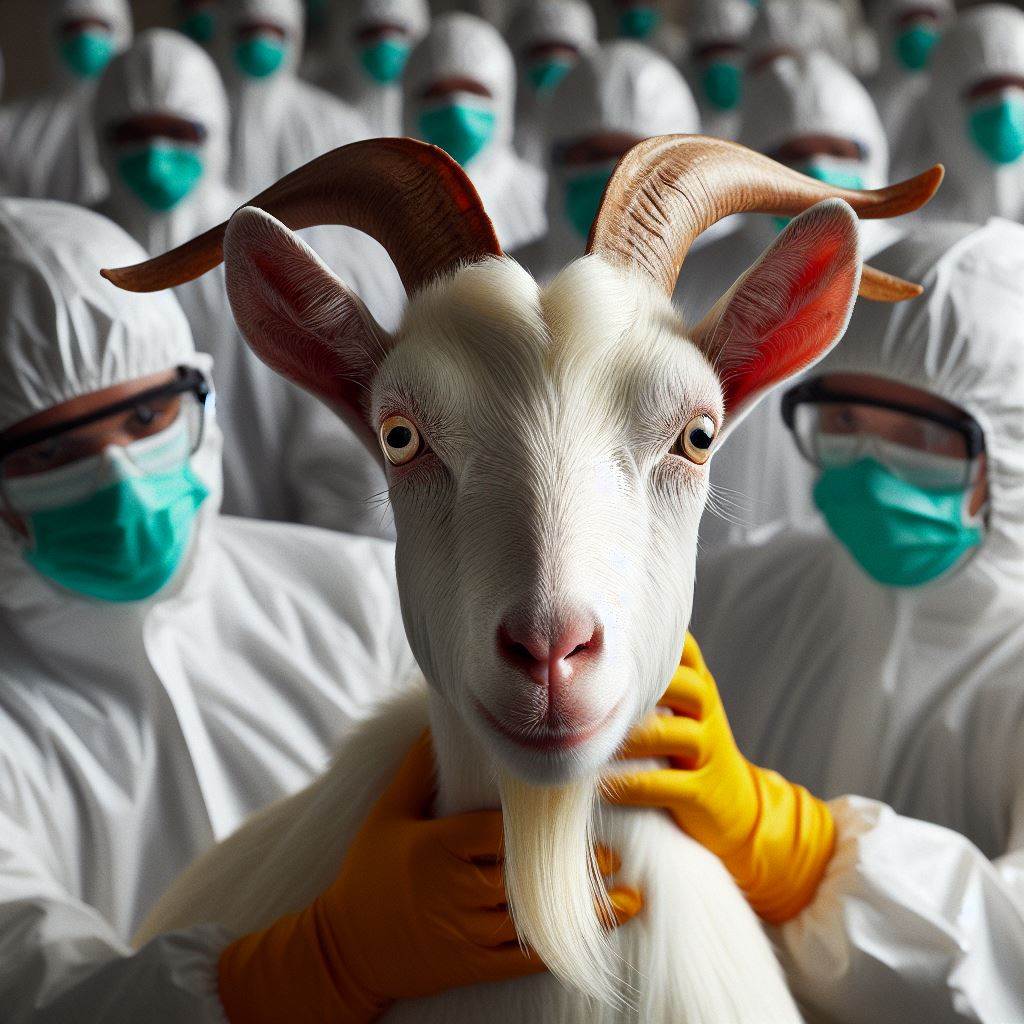Climate change is reshaping the battleground against malaria, extending its reach to new territories and intensifying its grip on regions where it has long been entrenched. The recent detection of locally transmitted malaria cases in the United States underscored the role of climate change in revitalizing or relocating disease threats. However, while this resurgence made headlines elsewhere, Africa has been in a perennial struggle against malaria, with millions succumbing to its grip each year.
Consider the plight of Funmilayo Kotun, a 66-year-old resident of Makoko, an informal settlement nestled within Nigeria’s bustling Lagos city. Makoko’s stagnant pools of water offer an ideal breeding ground for malaria-carrying mosquitoes. Yet, for Kotun and many like her, the simple act of acquiring insecticide-treated bed nets, priced between $7 and $21 each, remains a distant dream, let alone affording antimalarial medications or treatment.
As World Malaria Day approaches, it’s crucial to grasp the gravity of the situation in Africa:
Malaria remains pervasive, predominantly affecting children under five and pregnant women, with symptoms ranging from fever to severe complications.
Efforts to develop effective vaccines are in their nascent stages. Cameroon recently took a pioneering step by introducing a new malaria vaccine for children, albeit with modest efficacy rates. Additionally, recent approvals have paved the way for further vaccination programs in Benin, Liberia, and Sierra Leone.
Antimalarial drug and insecticide resistance are on the rise, posing significant challenges to treatment. Concurrently, funding for research and innovation is dwindling, exacerbating the urgency of the situation.
Poor living conditions exacerbate the malaria crisis, with overcrowded neighborhoods, stagnant water bodies, inadequate sanitation, and limited access to preventive measures and treatment options compounding the issue. The emergence of invasive mosquito species in new territories adds another layer of concern.
The malaria burden is escalating globally, with infections and deaths on the rise. Africa shoulders the heaviest burden, with 11 out of the 12 most affected countries situated on the continent, alongside India.
The COVID-19 pandemic dealt a severe blow to malaria control efforts, disrupting healthcare services and diverting resources away from malaria prevention and treatment programs. Lockdown measures led to a resurgence in malaria cases, halting the progress made over previous decades.
Despite these setbacks, the World Health Organization remains cautiously optimistic about the prospects of reversing the malaria trajectory. However, achieving this goal requires concerted efforts and sustained investments in malaria control and prevention measures.
Climate change emerges as a potent driver of malaria resurgence, with Africa bearing the brunt of its impact. Increasingly frequent extreme weather events complicate malaria control efforts in low- and middle-income regions, exacerbating the challenges faced by vulnerable communities.
The WHO’s inclusion of a chapter on the link between malaria and climate change in its 2023 World Malaria Report underscores the growing recognition of climate change as a significant risk multiplier. Experts warn of the potential expansion of malaria into previously unaffected areas, amplifying the urgency of addressing climate change alongside malaria control efforts.
In Zimbabwe, rising temperatures have extended malaria transmission periods, underscoring the direct correlation between climate change and the spread of vector-borne diseases.
As Africa grapples with the dual challenges of malaria and climate change, concerted global action is imperative to mitigate the impact on vulnerable populations and safeguard public health.

